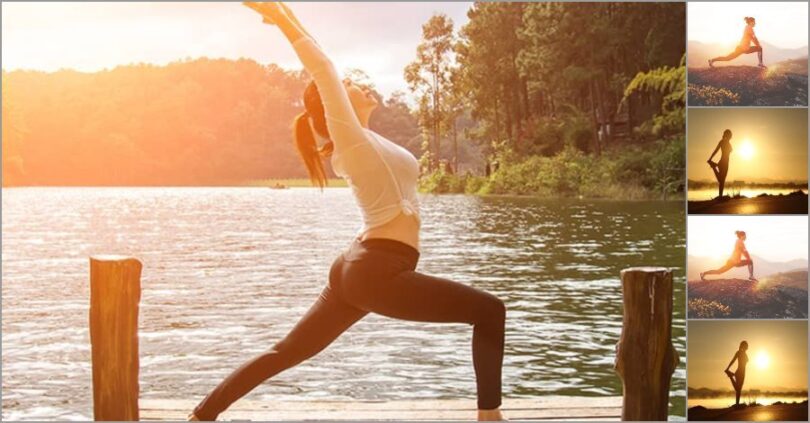Stretching is one component of fitness that a lot of us find way too easy to skip. But there are some benefits of stretching that might just make you want to add it to your routine. Ever since your very first PE class in elementary school, you’ve heard that stretching is important to improve circulation and prevent injury.
But when you’re short on time, you may be tempted to skip stretching so you can log a few extra minutes of cardio or hit the weight room—don’t. Whether you’re about to go for a run or have been sitting all day and could use a break, stretching is a healthy habit that really pays off. Here are some of the perks it may provide.
You’ll be bright-eyed and raring to go:

Why:
If you’re totally spent by mid-afternoon, a stretch break will invigorate you in less time than it would take for a barista to whip up your usual skim latte. Just a few minutes of stretching increases blood flow through your entire body—including your brain. It wakes you up and helps you feel less sluggish.
You’ll be less likely to trip and fall:

Why:
A study tested 42 college students to see whether stretching would impact how long they could stay on a contraption called a stabilometer. The students who stretched for 30 minutes beforehand were able to balance longer than those who sat quietly before they hopped aboard.
Researchers think stretching could help with fine-muscle coordination—meaning those who stretched first might have been able to avoid a tumble by making small balance adjustments.
You’ll move around more easily and with less pain:

Why:
Regular stretching can relieve stiff muscles and creaky joints, but to reap those benefits, it’s important to stretch the correct way. Avoid the static stretch, or ‘stretch and hold. Focus on mobility by doing range-of-motion exercises and soft tissue work with foam rollers.
Range-of-motion exercises include shoulder shrugs, wrist bends, and knee lifts—anything that keeps your muscles and joints moving through (you guessed it!) their full range of motion.
You’ll make the most of your sweat session:

Why:
Whether you’re a runner or a lifter, stretching should be a regular part of your pre-and post-workout routine. Flexibility training is something most people put in the backseat when it comes to fitness, but the reality is stretching allows you to have a better range of motion and mobility.
A better range of motion means you can lunge lower and jump higher, which translates to more effective workouts. For something like a squat, it means you could get a deeper squat. Your knees and hip flexors will bend farther.
You’ll get more out of the workout. Dynamic stretching is recommended before a workout to increase body temperature and increase joint flexibility while static stretches are better at the end of a workout for a cool-down.
You might be less likely to injure yourself:

Why:
Incorporating stretching into your warm-up—never try to stretch cold muscles—helps your body get ready for exercise as well as switch your brain into workout mode. Stretching can’t totally eliminate injury, but it could certainly help from a mindset perspective.
It also helps you get focused so you’re less likely to make an ouch-inducing misstep. Try a few hip-opening yoga poses to relieve back pain and prevent muscle stiffness.
You may lower your blood sugar:

Why:
Exercise is well known for helping keep glucose levels in check, and it turns out that benefit might kick in even before you lace up your sneakers:
A 2011 study of adults who had type 2 diabetes or were prediabetic found that those who stretched for 40 minutes after drinking a sugary beverage had lower blood sugar levels than those who did “mock stretching”— in other words, assumed the same positions but didn’t actually stretch their muscles.
You’ll stress less:

Why:
Are your shoulders practically touching your ears? Is your back in knots? Stretching can help tame tension both physically and mentally, as it relieves tight muscles while tricking you into feeling more relaxed.
Just don’t overdo it, especially if you’re wound pretty tight: Stretching should never be forced. You should be able to relax into a stretch. If you’re in pain, you’re doing it wrong.
